DJI have spent years developing their control systems to produce multi-rotor drones which are incredibly easy to fly and ultra-reliable. Generally, consumers tend to be critical when voicing their opinions about technology development, but DJI seems to have developed a product range so good that it is widely considered to be as good as it gets! I’ve been using and selling DJI aircraft since the very beginning of their existence. Every time DJI has released a new generation of aircraft I’ve been highly impressed with the vast improvement and wondered what they could possibly do to improve them without something like a revolutionary new generation of battery technology...yet they never fail to impress, again and again!
Interestingly, the control systems are so good that I’m starting to see a trend developing while teaching and testing students. People are teaching themselves to fly in one or two battery’s worth of flight time, but they're not necessarily getting the most out of their aircraft or flying to the best of their ability because they don't actually understand the fundamental way in which the control system functions.
In this blog, I’m going to explain the DJI control system in an understandable explanation which will help improve your flying skills and make your flying even more enjoyable.
Understanding the Control Inputs of a Drone
It is critical to understand the way in which DJI drones like the Mavic 2 and the Phantom series of aircraft respond to control inputs.
Conventionally, aircraft controls, or even the steering mechanism of a car, respond through mechanical movement. External factors like airspeed, or the speed that you’re driving at will affect the result of the control inputs you make and therefore you continually need to adjust or correct your control inputs to maintain the desired change of direction.
Flying in GPS Mode
DJI controls work very differently. In GPS Mode, when you move the control stick you are requesting a specific direction and speed of movement of the aircraft.
For example, let’s say you push your right stick forward a small amount and hold it there, the system interprets this as a request for a movement of say five meters per second forward. The onboard control system will then respond by using whatever amount of power is necessary of all of the motors to make the drone move in the ‘requested’ direction and at the ‘requested’ speed irrespective of external factors like wind.
Of course, the system continually and seamlessly responds to all of the information it is being fed by control inputs and external effects. This is how DJI aircraft respond to all of the controls including altitude.
The result is that the aircraft will move at the same speed into the wind as it does downwind or crosswind for a given control input. When you release the control stick, the system actively stops the aircraft and maintains its position counteracting any wind or air movement.
The Position is continually monitored by the system using the onboard GPS sensor. If the GPS signal is lost, the drone will remain stable but it will no longer be able to hold its position. Instead, it will drift with any wind or air movement.
With a clear understanding of how the controls respond, you should be able to fly your manoeuvres more accurately and confidently.
At UAVHUB, we provide drone flight training to a lot of students and I always focus on making sure that the students understand the control system first and then start to build on that by working through some basic manoeuvres.
You can also learn a lot more about how to fly drones by checking out our Drone Masterclass!
How to manoeuvre your drone smoothly and accurately
I have found that the following steps are the best way to learn to fly and manoeuvre your drone smoothly and accurately. Note that this description is based on the DJI controller being set to ‘Mode 2’ which is the default setting for all DJI aircraft.
With the drone positioned at a comfortable height where you can see and orientate it well, start off by putting it into motion with a forward movement of the right-hand control stick.
Focus on maintaining a constant speed by holding the input - avoid making any changes to the stick position once you have settled into a comfortable forward speed.
For now, ‘forget’ about the right stick and just hold the stick still, the system is looking after your forward speed now.
Focus on your left control stick and start to turn the drone by giving a steering input. You can, of course, adjust the radius of your turn by increasing or decreasing your steering input but once you have found the radius you’re aiming for, hold both sticks still and be patient while the aircraft mesmerizingly completes a perfectly smooth turn with a constant radius and at a constant speed!
At first, you can just practise these turns in any direction but the key is to maintain forward speed and get a feel for the sensitivity of the controls and how the drone responds. Always remember that you can simply let go of the control sticks at any time and the drone will immediately stop and maintain its position and height.
Once you’re comfortable with the basic controls, start to practice some manoeuvres by linking turns and straights together.
In essence, an oval circuit can be flown perfectly with very few control inputs… Forward to set the speed, followed by two turns and release to stop! A figure eight is much the same with slightly different timing.
Conclusion
With these modern control systems, there is no need to complicate your flying technique by trying to do coordinated turns using both sticks to steer - this becomes necessary when flying other drones in ‘Manual Mode’.
Each drone pilot will develop their own skills at their own pace. I hope that this explanation helps simplify the process for those prospective pilots looking to master the basic technique of flying a DJI drone.
As with everything, the more you practice flying your drone the better you will get at flying it - and the better you are at flying it, the more you will enjoy it!
If you are interested in booking some Flight Training with one of our experienced Instructors please call the office on 0800 033 400 or email hello@uavhub.com.




